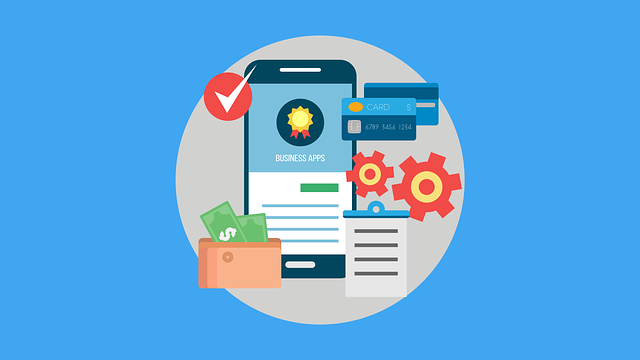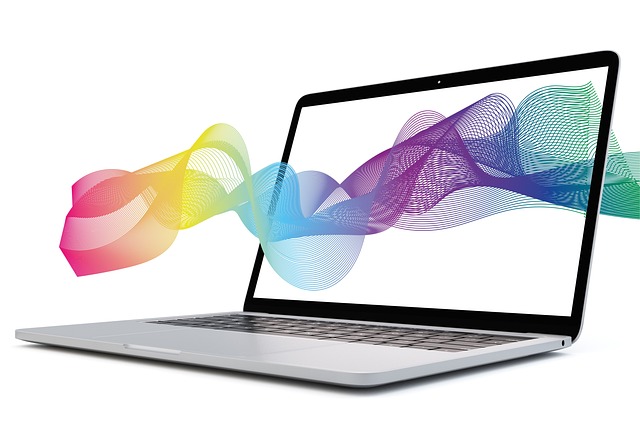AI is transforming gymnastics coaching through simulations that provide real-time feedback on balance beam posture and body positioning, enhancing learning and performance. These simulations, powered by advanced algorithms and visual analysis, enable personalized training adaptations based on individual progress. While AI offers precise scoring and technique guidance, human coaches remain essential for empathy and adjustments beyond current algorithmic capabilities, creating a hybrid approach that maximizes coaching effectiveness.
In today’s digital era, AI-assisted coaching is revolutionizing training with advanced pacing and feedback mechanisms. This article explores the transformative role of technology in sport performance, focusing on how AI balances beam posture scoring in simulation to enhance athlete development. We delve into innovative methods that combine artificial intelligence with human expertise, optimizing digital coaching techniques for improved results. By examining these cutting-edge approaches, we uncover a future where technology fosters athletic excellence while preserving the art of coaching.
- AI-Assisted Coaching: Revolutionizing Training Pacing and Feedback
- The Role of Simulation in Enhancing Posture Scoring for Athletes
- Balancing Technology and Human Expertise: Optimizing Digital Coaching Techniques
AI-Assisted Coaching: Revolutionizing Training Pacing and Feedback

The integration of Artificial Intelligence (AI) in coaching is transforming the way athletes train, particularly in disciplines that require precise movements and real-time feedback, such as gymnastics. AI-assisted coaching systems are now able to analyze an athlete’s performance using advanced algorithms and visual analysis, offering insights that human coaches might miss. For instance, in gymnastic routines like the balance beam, AI can assess posture and body positioning with remarkable accuracy, providing instant scoring and feedback.
This technology enables personalized training by adapting pacing and difficulty levels based on individual progress. Through simulation environments, AI can create diverse scenarios, allowing athletes to practice under various conditions. This innovative approach enhances learning, improves skill acquisition, and optimizes performance, as athletes receive immediate adjustments and guidance on their technique, ensuring they master each step before advancing.
The Role of Simulation in Enhancing Posture Scoring for Athletes

In the realm of athletic training, digital coaches are leveraging advanced technologies like AI-driven simulations to enhance performance analysis and feedback. One notable application is in balance beam gymnastics, where accurate posture scoring is paramount. Simulation environments allow athletes to practice routines while receiving real-time feedback on their form and technique. This immersive experience enables them to refine their body positioning, rotation, and transitions, thereby improving overall posture scoring.
AI algorithms in these simulations analyze sensor data from the athlete’s movements, providing precise measurements of key postural parameters. By comparing these data points against established standards, the AI can offer immediate insights into areas needing adjustment. This proactive feedback loop not only accelerates learning but also helps athletes understand their physical performance at a deeper level, ultimately enhancing their competitive edge in events like AI balance beam posture scoring.
Balancing Technology and Human Expertise: Optimizing Digital Coaching Techniques

In the realm of digital coaching, balancing technology with human expertise is paramount to optimizing techniques across various fitness disciplines. While AI-powered tools offer innovative features like posture scoring in simulation and advanced motion analysis, they should complement, not replace, the nuanced insights provided by seasoned coaches. Human trainers bring a level of empathy, motivation, and real-time adjustments that algorithms currently struggle to match.
For instance, when it comes to disciplines like gymnastics on the balance beam, a digital coach can provide initial feedback on technique through AI, but a human instructor is indispensable for refining skills. They observe body language, adjust pacing, and tailor explanations based on individual learning styles. This hybrid approach leverages both AI’s analytical power and human intuition, ultimately enhancing the coaching experience.
In conclusion, digital coaching is transforming athletic training by combining AI-assisted pacing, simulation for precise posture scoring, and a thoughtful balance of technological innovations with human expertise. As these techniques evolve, athletes can expect more personalized, efficient, and effective training regimens that push performance boundaries in the digital age.
